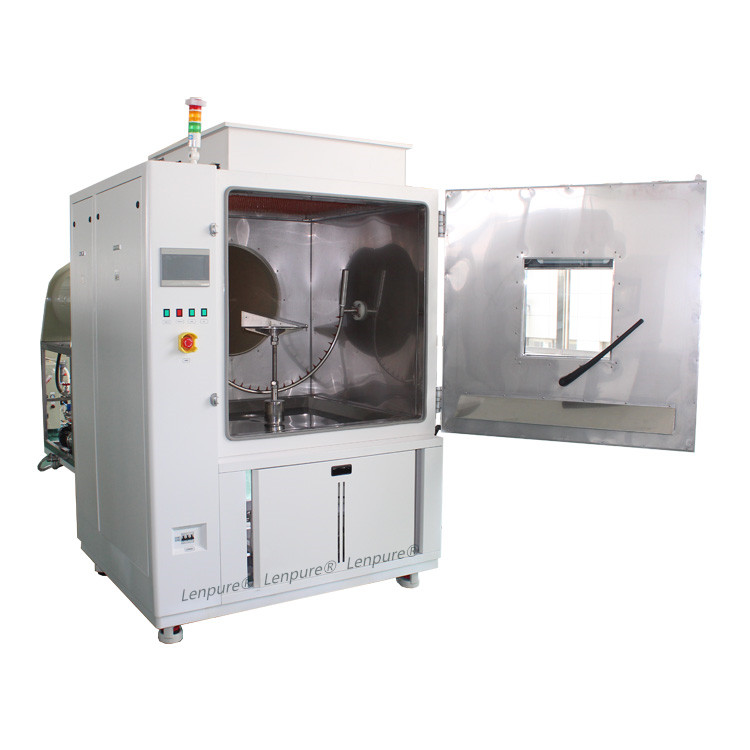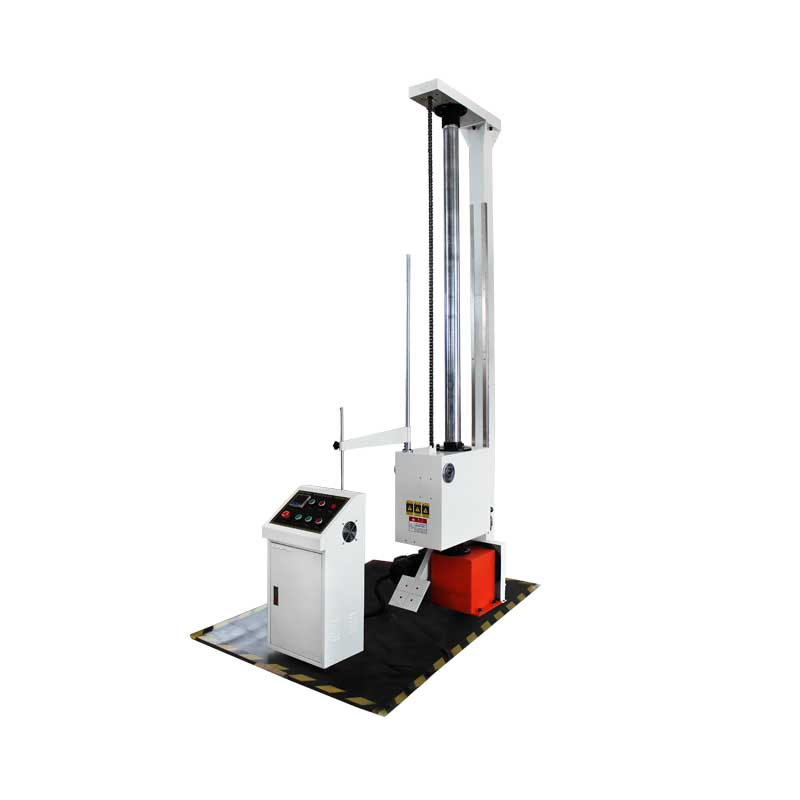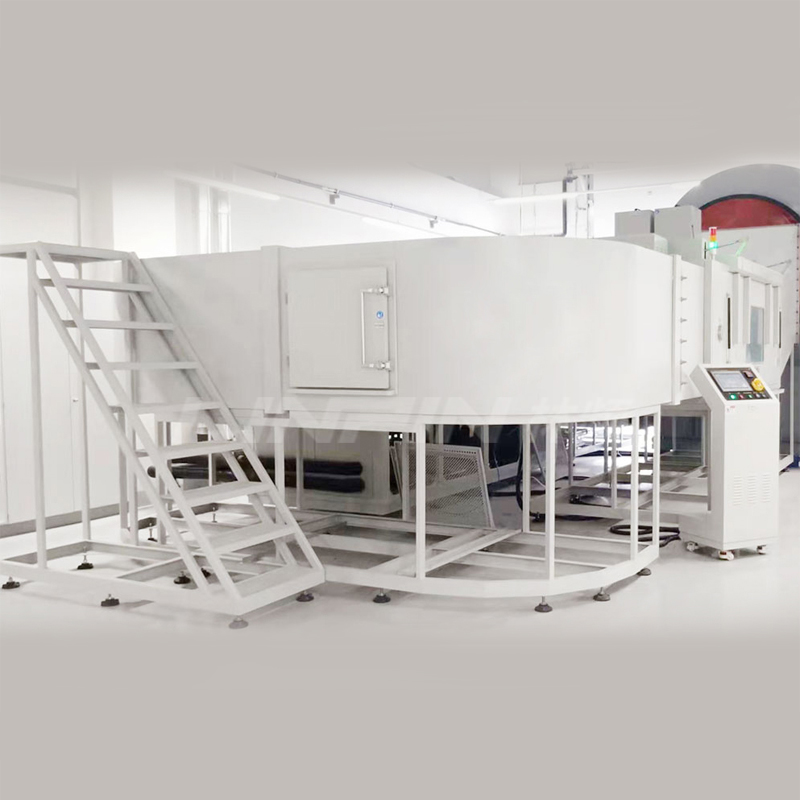What is a Salt Spray Test Chamber? Why is it Crucial for Quality Testing?
Author:LINPIN Update Time:2025-08-21 Source:LINPINWhen storms rage, salty sea winds blow, or industrial atmospheres silently erode your products, the real test begins. Want to see how materials and surface treatments will fare in real-world conditions—in a fraction of the time? A salt spray test chamber is like a time-compressing accelerator—simulating years or even decades of corrosion in a lab, helping you uncover hidden flaws before they turn into costly failures.
What is a Salt Spray Test Chamber?
A salt spray test chamber (also known as a salt fog or corrosion test chamber) is an environmental testing device used to evaluate the corrosion resistance of materials, coatings, metal components, and surface treatments. By exposing test samples to a controlled environment of temperature, humidity, and salt spray concentration inside a sealed chamber, it simulates corrosive conditions found in marine, atmospheric, or industrial settings. This accelerates corrosion, allowing engineers to observe and quantify degradation—such as rust, peeling, or blistering—in a short period.

Key Components & How It Works
- Spray System: Atomizes a saline solution (typically 5% NaCl) into fine mist, evenly dispersing it inside the chamber.
- Temperature & Humidity Control: Maintains stable conditions for repeatable, comparable results.
- Sample Racks & Observation Window: Holds specimens in place and allows periodic inspection; some models include video or data logging.
- Control System: Programs test parameters (e.g., ASTM B117, ISO 9227, GB/T 10125) for traceable, standardized testing.
How It Works: Inside the sealed chamber, a saline mist is continuously sprayed at a set temperature (e.g., 35°C). Salt particles settle on samples, reacting with oxygen and moisture to accelerate corrosion, revealing failure modes like rust, delamination, or coating defects.
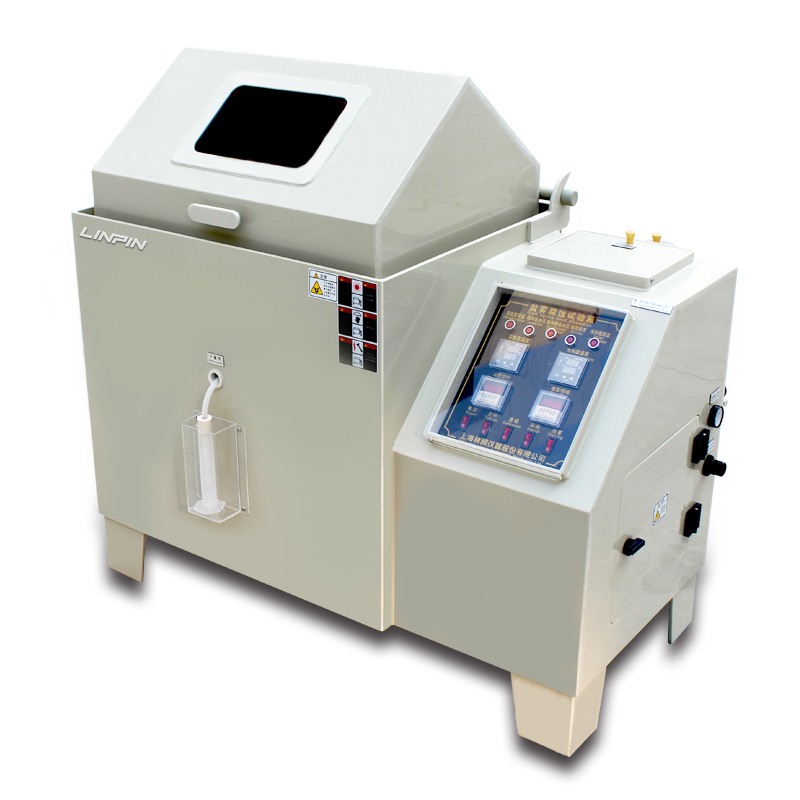
Why is it Vital for Quality Testing?
- Accelerated Real-World Simulation: Compresses years of exposure into days or weeks, saving time and costs while enabling rapid design improvements.
- Standardized, Comparable Data: Complies with global standards (ASTM, ISO, GB), ensuring certification and market compliance.
- Evaluates Coatings & Finishes: Tests the effectiveness of anti-corrosion treatments (e.g., paint, plating, anodizing, galvanizing) with quantifiable results.
- Preventive Quality Control: Identifies batch defects before mass production, avoiding recalls and reputational damage.
- Cross-Industry Relevance: Essential for automotive, marine, electronics, construction, appliances—any industry using metals or protective coatings.
Common Salt Spray Test Types
- Neutral Salt Spray (NSS): Standard test for general marine/atmospheric corrosion.
- Acetic Acid Salt Spray (AASS): Harsher acidic conditions for more aggressive testing.
- Cyclic Corrosion Tests (CASS, SEB): Alternates salt spray with humidity/drying phases to mimic complex real-world environments.
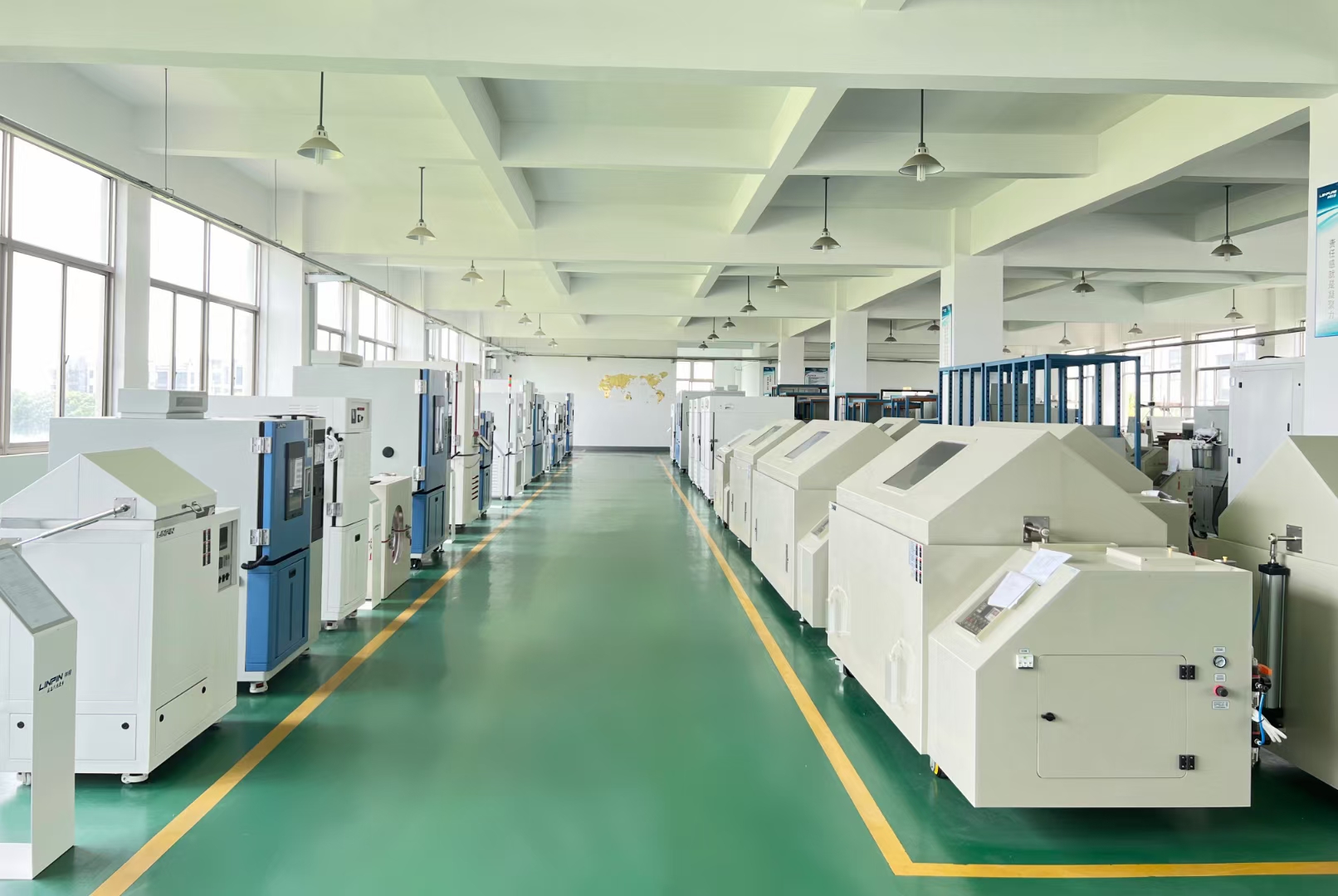
Choosing the Right Chamber
- Compliance: Must support required test standards.
- Uniform Spray & Temperature Control: Ensures consistent, reliable results.
- Corrosion-Resistant Construction: Chamber materials should resist degradation.
- Automation & Data Logging: Programmable controls and report generation streamline quality management.
- Capacity & Fixtures: Select chamber size and sample holders based on product dimensions.
- Calibration & Support: Regular maintenance and vendor assistance are critical for accuracy.
In today’s competitive market, quality defines a brand’s survival. A salt spray test chamber isn’t optional—it’s a risk-revealing powerhouse that compresses time, magnifies flaws, and hands you control over product reliability. If durability and compliance matter, make this chamber a cornerstone of your quality assurance.

